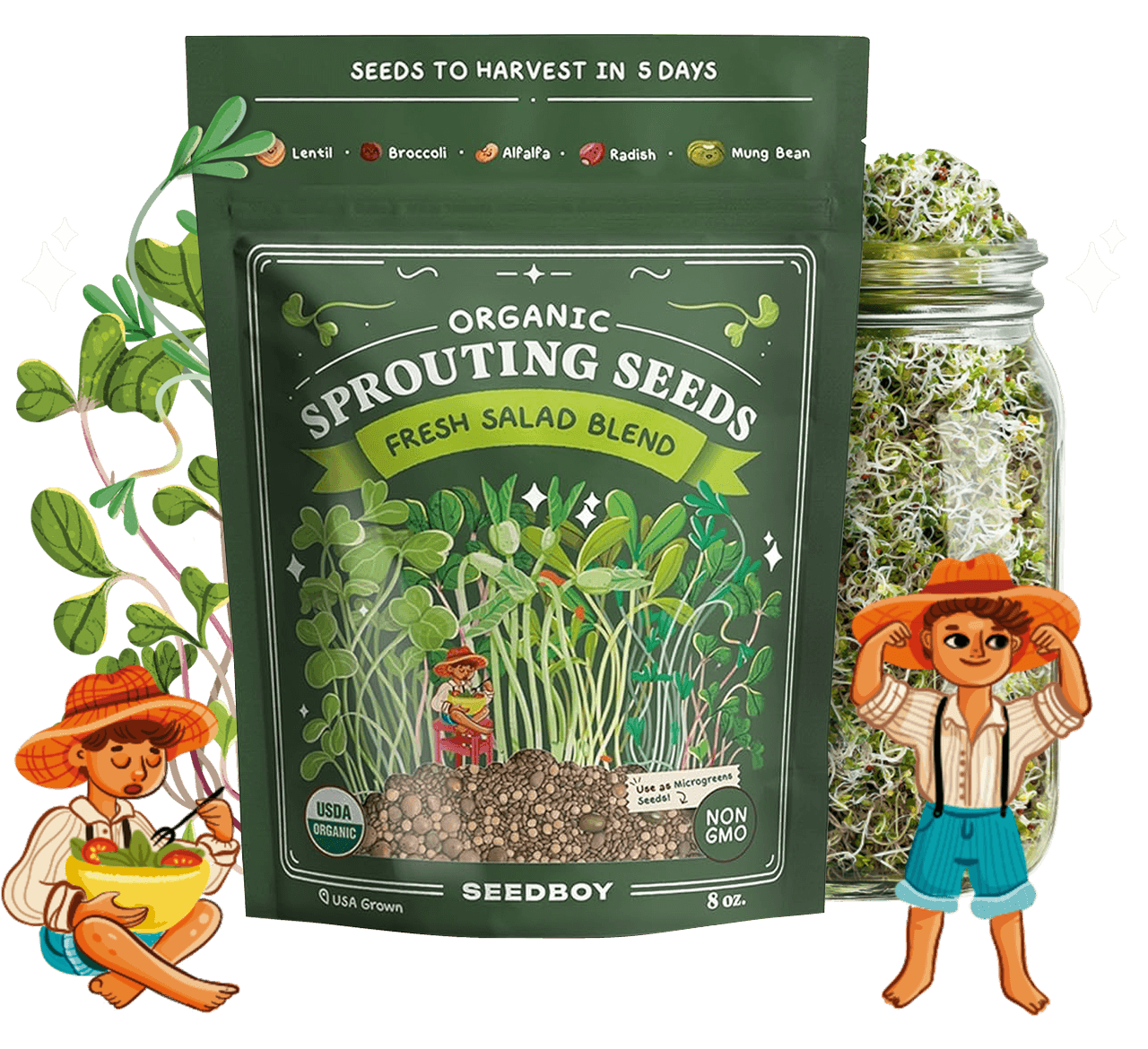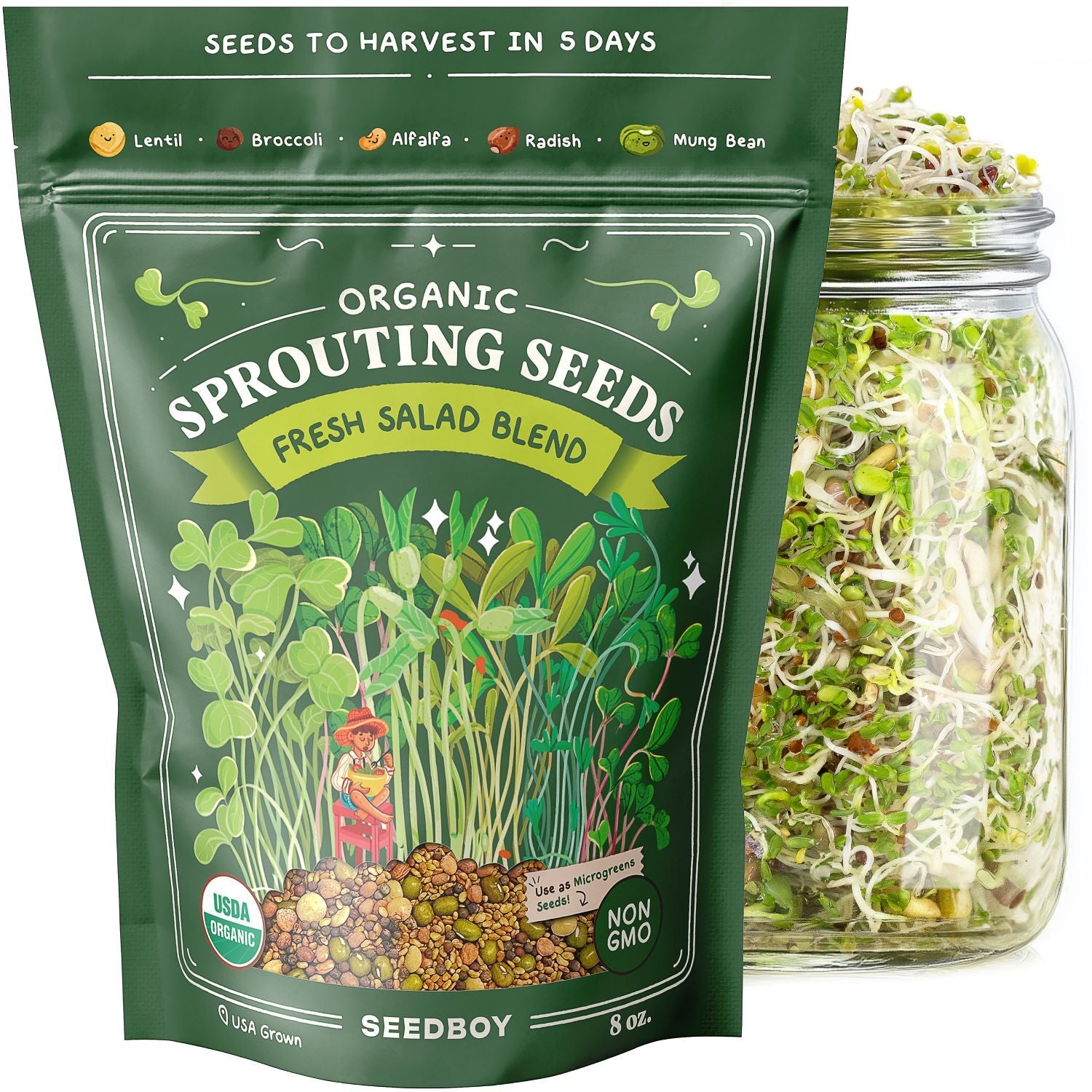
GROW GUIDE
Provider Green Beans
Phaseolus vulgaris
Plant Description
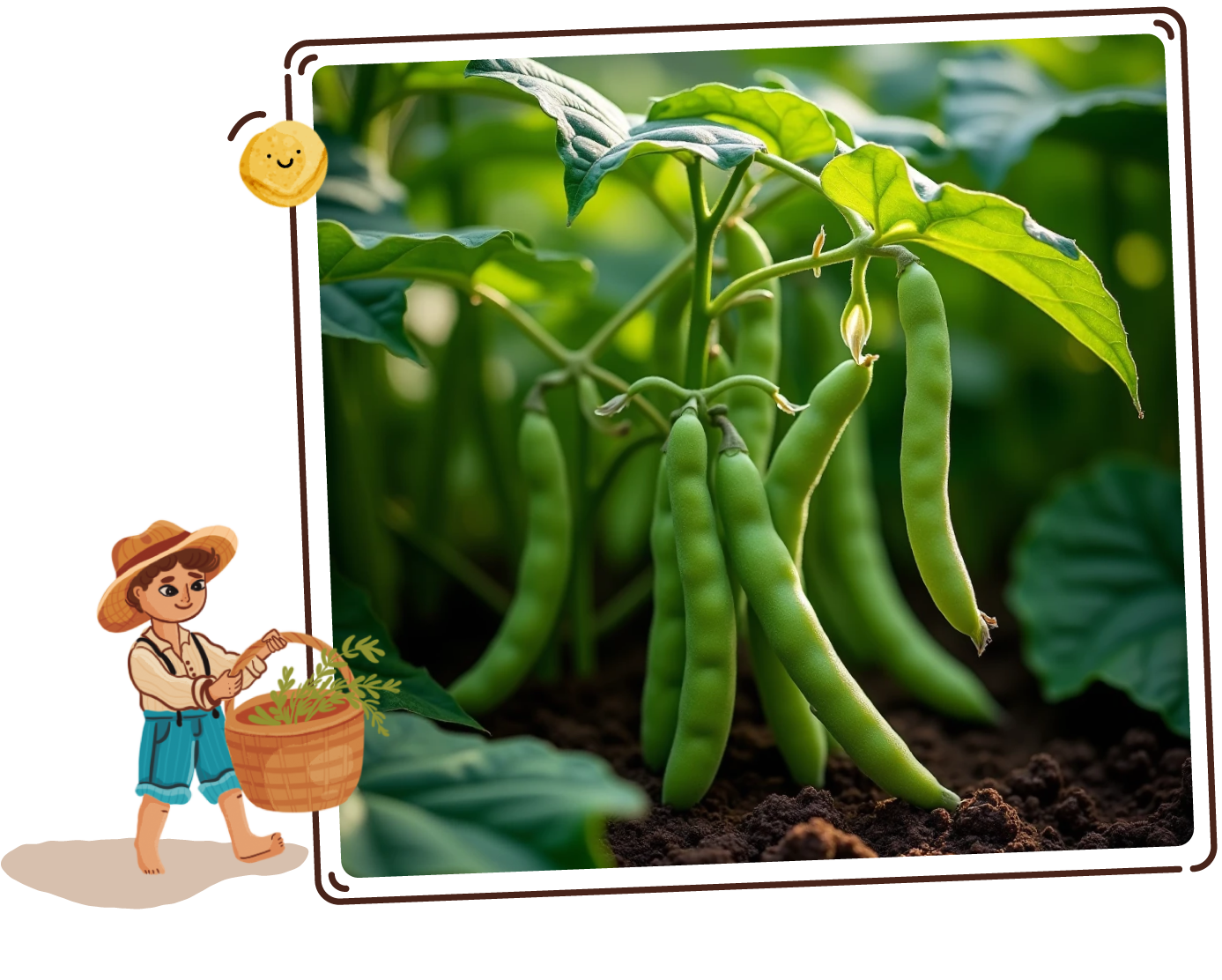
Provider Green Beans
A crisp and tender vegetable known for its slender, vibrant green pods, often growing in neat, elongated clusters.
This garden favorite, belonging to the legume family, is prized for its fresh, slightly sweet flavor and satisfying snap, making it a versatile addition to countless savory dishes.
Quick Facts:
-

Sun Requirements
Full Sun
-

Days To Sprout
7-15 Days
-

Days To Harvest
50-55 Days
-

Plant Spacing
4-6"
-
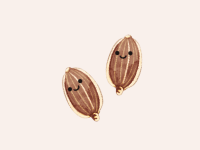
Seeds Per Hole
2
-

Planting Depth
1"
Best Planting Locations
-

Garden Beds
Perfect for large-scale planting, offering full sun and well-drained soil.
-

Raised Beds
Ideal for improved drainage and soil warmth, especially in cooler climates.
-

Balconies
Sunny spots with adequate airflow, suitable for container gardening with compact varieties.
-

Containers
Great for patios or small spaces, requiring at least 12-inch diameter pots for bush beans.
Getting Started

-
1
Find the Spot
Green beans thrive in warm, sunny locations. Choose a spot that receives at least 6 to 8 hours of direct sunlight each day. A south-facing garden area with well-draining soil will support healthy growth.
-
2
Prep the Soil & Fertilizer
Prefers well-draining, loamy soil with plenty of organic matter and a slightly acidic to neutral pH (6.0-7.0). Before planting, incorporate compost or well-rotted manure. Beans are nitrogen-fixers, so they don't need nitrogen-rich fertilizers. A light application of low-nitrogen, phosphorus-rich fertilizer at planting time can boost growth.
-
3
Plant the Seeds
Plant 2 seeds or 1 seedling 1.5 inches deep. Keep the soil consistently moist but not waterlogged during germination.
Ensure the soil temperature stays between 70° to 85°F for optimal sprouting. Once seedlings emerge, thin 4-6" apart.
Good Neighbors:
-

Basil:
Basil's strong aroma helps repel pests; beans fix nitrogen in the soil for basil
-
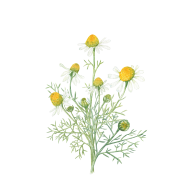
Chamomile:
Chamomile's strong scent helps repel pests while attracting pollinators
-
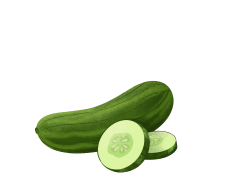
Cucumber:
Thrives in similar conditions and beans fix nitrogen in the soil
-
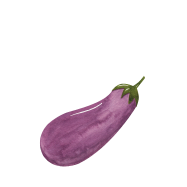
Eggplant:
Thrives in similar conditions and beans fix nitrogen in the soil
-
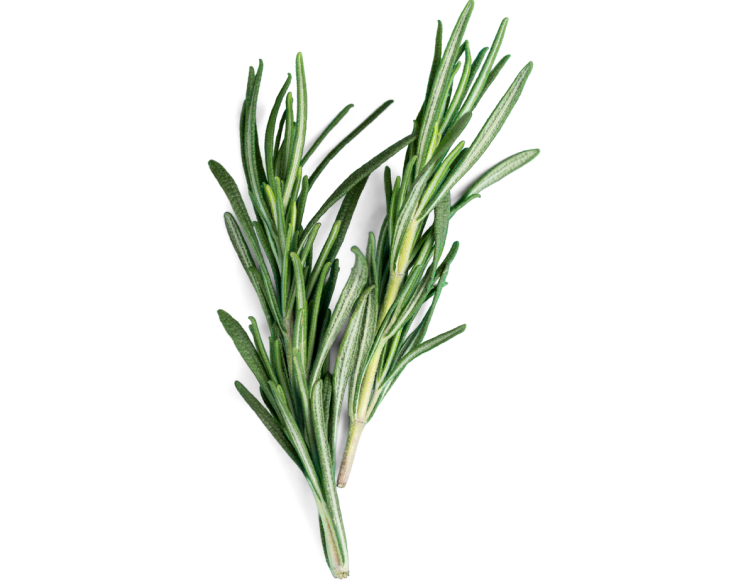
Rosemary:
Can help deter bean beetles
-

Peas
Similar growing conditions
Enemy Plants:
-
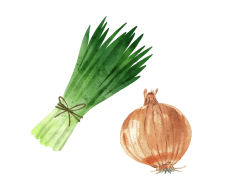
Onion & Chives:
Exude a substance that kills beneficial bacteria on bean roots, preventing nitrogen fixation
-
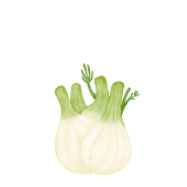
Fennel:
Restricts the development of beans
Attractants:
-
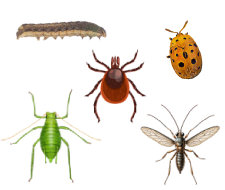
Mexican Bean Beetles, Spider Mites, Thrips, Corn Earworms & Aphids:
Green beans are a food source
Repellents:
-
No known repellents
Best Time to Plant
USDA Hardiness Zones
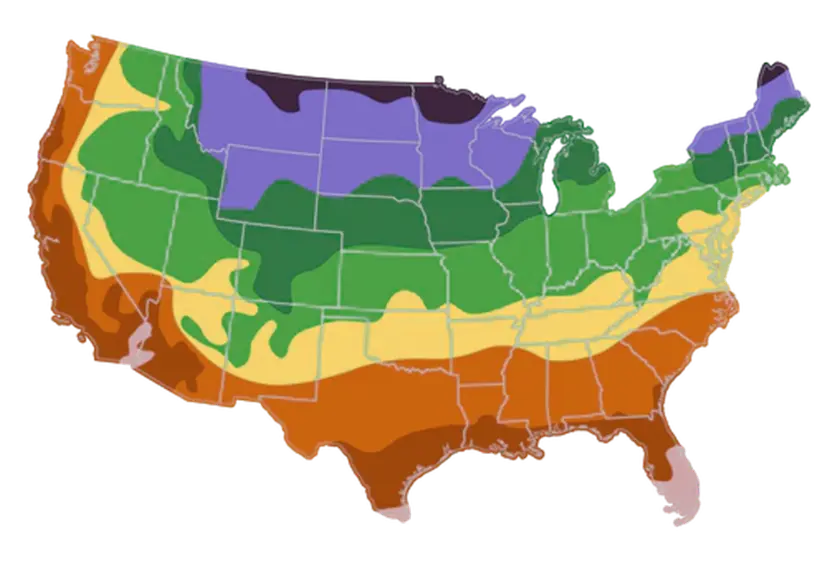
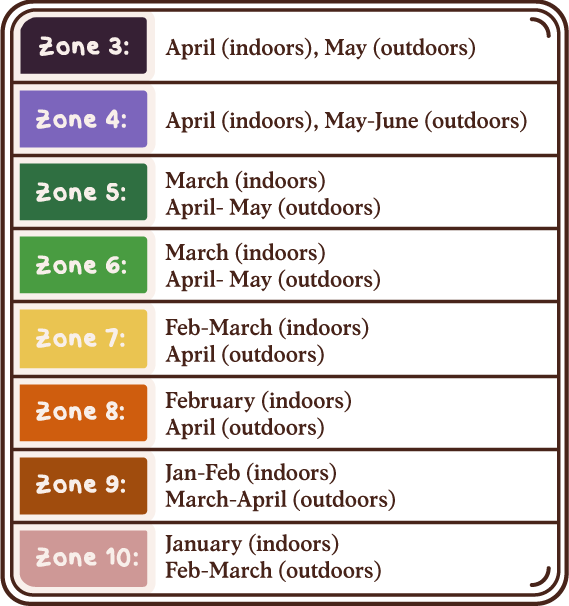
Day to Day Maintenance
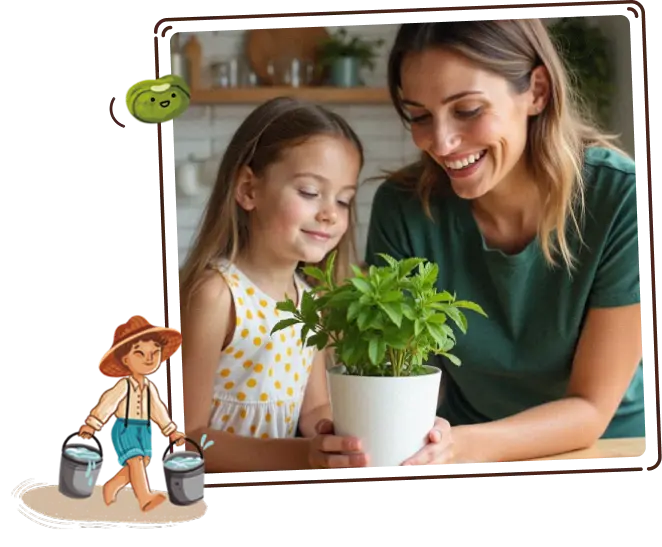
-
Watering
Water evenly to keep the soil moist but not waterlogged. Green beans prefer consistent moisture, especially during flowering and pod development. Avoid overhead watering to reduce the risk of fungal diseases.
-
Pruning
Provider green beans do not require pruning, but regular harvesting encourages continued production. Remove any yellowing or damaged leaves to promote healthy growth and airflow.
The Harvest
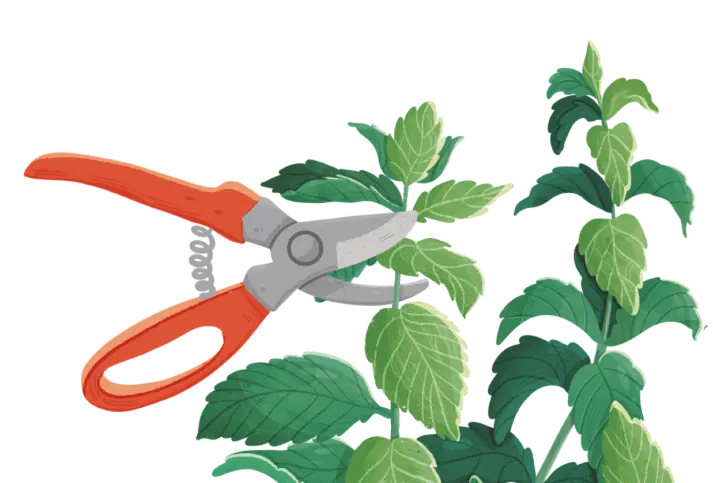
-
Gathering
Pick pods when they are firm, about 4-6 inches long and about the width of a pencil. Pick before you see the beans swelling inside the pods; they should snap easily off the plant.
-
Harvest in the morning when the pods are crisp and full of moisture for the best texture and flavor. Regular harvesting encourages the plant to produce more beans.
Favorite Uses
-

Steamed
-

Stir-fries
-

Casseroles
-

Sautéed
-

Bacon-wrapped

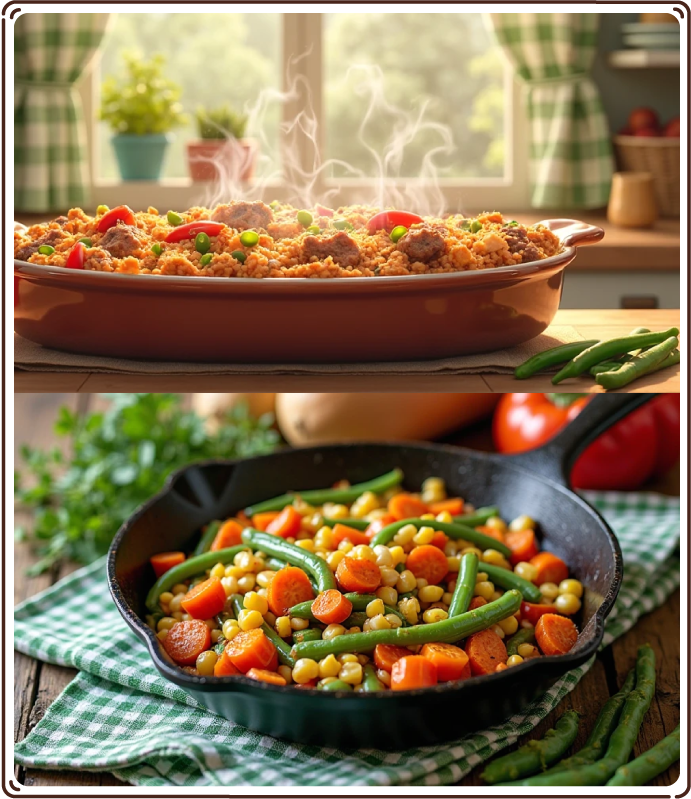
How to Store
-
Room Temperature
Duration: 1-3 days
Location: Keep on countertop away from direct sunlight
Method: Store unwashed green beans in a breathable container or paper bag to maintain freshness. Avoid sealing in plastic, as trapped moisture can cause spoilage.
-

Refrigeration
Duration: Up to one week
Location: Crisper drawer of refrigerator
Method: Keep green beans dry and unwashed in a perforated plastic bag or loosely wrapped in a paper towel to absorb excess moisture.
-

Freezing
Duration: Several months
Location: Store in the freezer
Method: Blanch green beans in boiling water for 2-3 minutes, then immediately cool them in ice water. Pat dry and spread in a single layer on a baking sheet to freeze before transferring to a freezer-safe bag or container.
-
Canning
Duration: One year or more
Location: Cool, dark, and dry storage area
Method: Green beans can be pressure canned for long-term storage. Trim ends, pack into sterilized jars, and process according to safe canning guidelines.
Fun Facts

-
Fast Grower
Provider green beans are one of the quickest maturing bean varieties, producing a harvest in as little as 50 days.
-
Nitrogen Fixers
Like all legumes, green beans naturally improve soil health by fixing nitrogen, reducing the need for synthetic fertilizers.
-
Snap to It
The term “snap beans” comes from the satisfying sound the pods make when broken in half, a sign of freshness.
-
Space Savers
Unlike pole beans, provider green beans are bush beans, meaning they don’t need a trellis and are perfect for small gardens or container growing.
Subscribe to our Newsletter: "The Small Garden Chronicles"
Where curious growers gather for garden inspiration.
